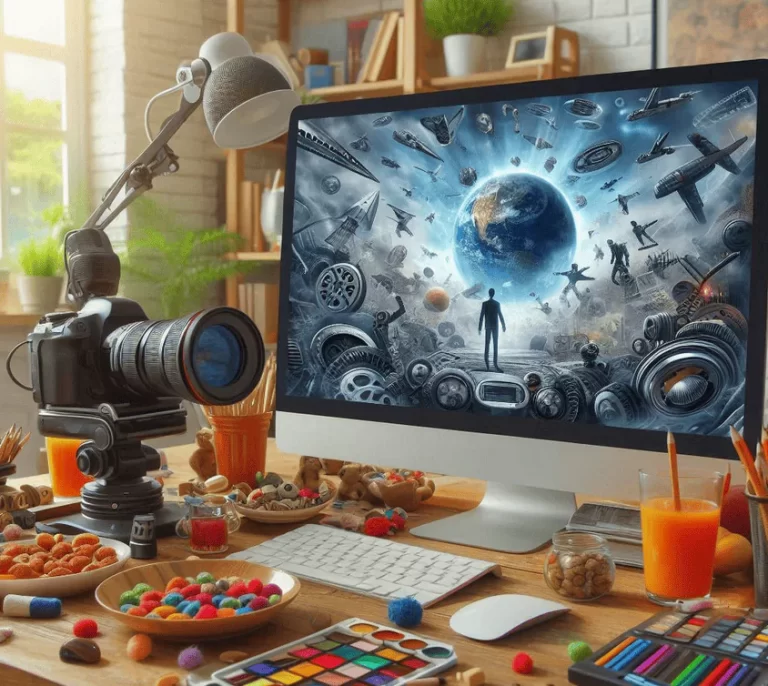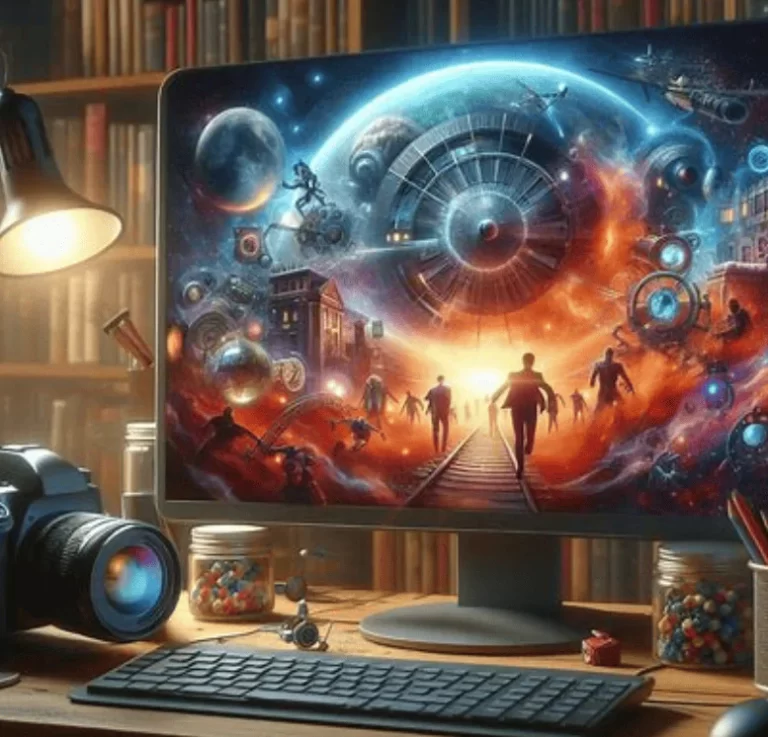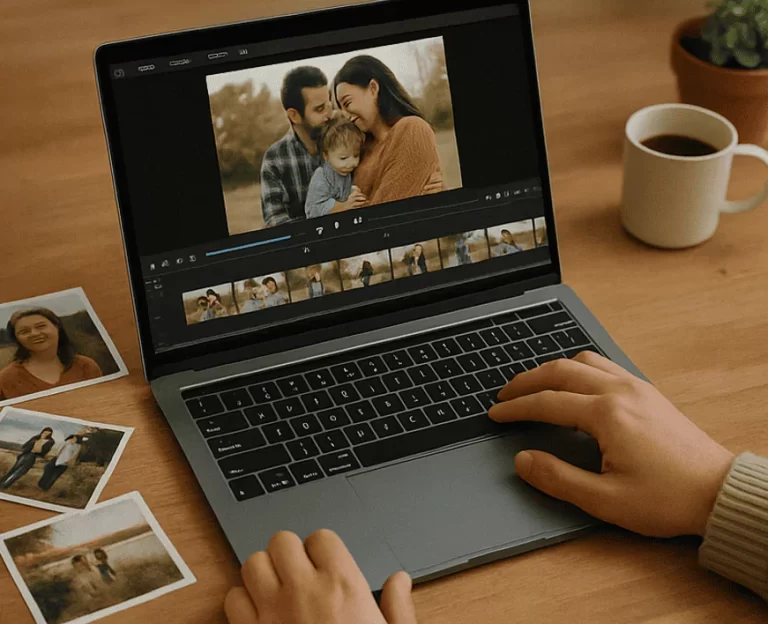
Digital Art Experience Art has always been a mirror of human expression, reflecting the evolution of culture, technology, and imagination. Today, with the advent of the digital age, art is no longer confined to physical mediums or gallery walls. It exists in a realm where technology meets creativity, inviting audiences to step into immersive environments that transcend the traditional boundaries of perception. This is the Digital Art Experience, a revolution in how we create, consume, and connect with art.
In this comprehensive exploration, we will delve into the essence of the Digital Art Experience, examine its transformative impact, and reveal how it allows us to immerse ourselves fully in the virtual world.
Redefining Art in the Digital Art Experience
What is the Digital Art Experience?
The Digital Art Experience is more than viewing art on a screen; it is an active engagement with works that are designed to exist, evolve, and sometimes even respond to the digital environment. It includes everything from interactive installations and augmented reality (AR) creations to virtual reality (VR) exhibitions and AI-generated masterpieces.
Unlike traditional art forms that rely on static materials, the Digital Art Experience leverages dynamic technologies. This creates an environment where viewers become participants, exploring spaces where art comes alive, transforms, and reacts in real time.
The Evolution of Digital Art
The roots of the Digital Art Experience can be traced back to the 1960s, when artists began experimenting with early computer technology. Over decades, as software, hardware, and the internet evolved, so did the potential for artists to push boundaries. Today, we are witnessing a fusion of creativity and innovation that places audiences at the heart of artistic expression.
Immersion in the Virtual World
Virtual Reality: A New Canvas
Virtual Reality (VR) is a cornerstone of the Digital Art Experience, offering a fully immersive environment where viewers can step into an artwork. Imagine walking through an abstract painting, with colors swirling around you, or exploring a sculpture that changes shape as you move closer.
VR transforms the passive act of viewing into an active exploration. Platforms like The Museum of Other Realities (MOR) showcase VR-based art, allowing visitors to experience creativity in ways previously unimaginable.
Augmented Reality: Bridging Physical and Digital
While VR creates entirely virtual spaces, Augmented Reality (AR) overlays digital elements onto the real world. AR has brought the Digital Art Experience into everyday life, enabling viewers to interact with digital sculptures, murals, and installations through smartphones or AR glasses.
Applications like Artivive and Snapchat’s Lens Studio empower artists to expand their works into mixed-reality dimensions, enhancing accessibility and engagement.
Interactive Storytelling in Digital Art
Art that Responds
One of the most thrilling aspects of the Digital Art Experience is interactivity. Using sensors, motion tracking, or AI algorithms, digital artworks can respond to a viewer’s actions, emotions, or presence. This creates a dialogue between the art and the audience, making every experience unique.
For example, teamLab’s immersive installations allow visitors to alter visual patterns or soundscapes by touching walls, walking through projected water, or simply standing still. This level of engagement transforms the viewer into an integral part of the artwork.
Collaborative Creations
The Digital Art Experience also fosters collaboration between artists and audiences. Some works invite viewers to contribute, altering the piece’s design or narrative through real-time input. This collaborative approach democratizes art, breaking down the barriers between creator and consumer.
The Emotional Impact of the Digital Art Experience
Stimulating the Senses
The multisensory nature of the Digital Art Experience heightens emotional engagement. Through vivid visuals, immersive soundscapes, and tactile interactions, these artworks evoke profound feelings of wonder, awe, and introspection.
Unlike static paintings or sculptures, digital works can evolve in response to music, voice, or movement, creating a symphony of stimuli that resonates deeply with the viewer.
Escaping Reality
In a world often overwhelmed by information overload, the Digital Art Experience offers a sanctuary. It provides an escape into fantastical worlds, where time and space bend to the imagination. For many, this form of art serves as a therapeutic outlet, allowing them to disconnect from the physical world and reconnect with their inner selves.
Challenges and Criticisms
The Question of Authenticity
As with any technological advancement, the Digital Art Experience has faced skepticism. Critics question the authenticity of digital creations, arguing that the lack of a tangible medium diminishes their value. However, proponents counter that the emotional and intellectual impact of an artwork should define its worth, not its physical form.
Environmental Concerns
The energy consumption associated with digital art, particularly blockchain-based ownership models like NFTs, raises ethical concerns. As artists and collectors embrace the Digital Art Experience, the industry must prioritize sustainable practices to minimize its ecological footprint.
The Role of Technology in Shaping the Digital Art Experience
Artificial Intelligence: The Creative Collaborator
Artificial Intelligence (AI) has become a powerful tool in the Digital Art Experience. Artists use AI algorithms to generate patterns, predict viewer behavior, and create adaptive environments. This partnership between human creativity and machine intelligence expands the possibilities of artistic expression.
Blockchain: Revolutionizing Ownership
Blockchain technology has revolutionized how digital art is bought, sold, and owned. NFTs (Non-Fungible Tokens) allow artists to monetize their creations while providing collectors with verifiable ownership. This innovation has redefined the economics of the Digital Art Experience, enabling a thriving marketplace for digital creativity.
Exploring Digital Art Platforms
Virtual Galleries
Online platforms have democratized access to the Digital Art Experience, allowing global audiences to explore art from the comfort of their homes. Virtual galleries like Sedition, SuperRare, and Nifty Gateway host diverse collections, showcasing works by emerging and established digital artists.
Physical Spaces for Digital Art
While much of the Digital Art Experience exists in virtual realms, physical spaces like digital museums and interactive exhibits bring these creations to life. Institutions such as ARTECHOUSE and Atelier des Lumières blend the digital and physical worlds, creating immersive environments that captivate audiences.
The Future of the Digital Art Experience
Expanding Horizons
The Digital Art Experience is poised to evolve further as technology advances. Innovations like haptic feedback, brain-computer interfaces, and quantum computing will unlock new dimensions of interactivity and immersion.
Cultural Integration
As digital art becomes more mainstream, its influence will extend beyond galleries into everyday life. From urban spaces adorned with AR installations to personalized VR experiences in homes, the Digital Art Experience will redefine how we interact with art and culture.
Empowering Artists and Audiences
The democratization of technology ensures that the Digital Art Experience remains accessible to a wide range of creators and audiences. This inclusivity will foster a diverse and vibrant ecosystem, where innovation thrives and creativity knows no bounds.
Conclusion
The Digital Art Experience is a testament to humanity’s boundless creativity and ingenuity. It invites us to immerse ourselves in virtual worlds, engage with dynamic creations, and explore the limitless potential of technology-infused artistry. By embracing this revolutionary medium, we not only redefine the boundaries of art but also expand our understanding of what it means to create, connect, and experience beauty in the digital age.



